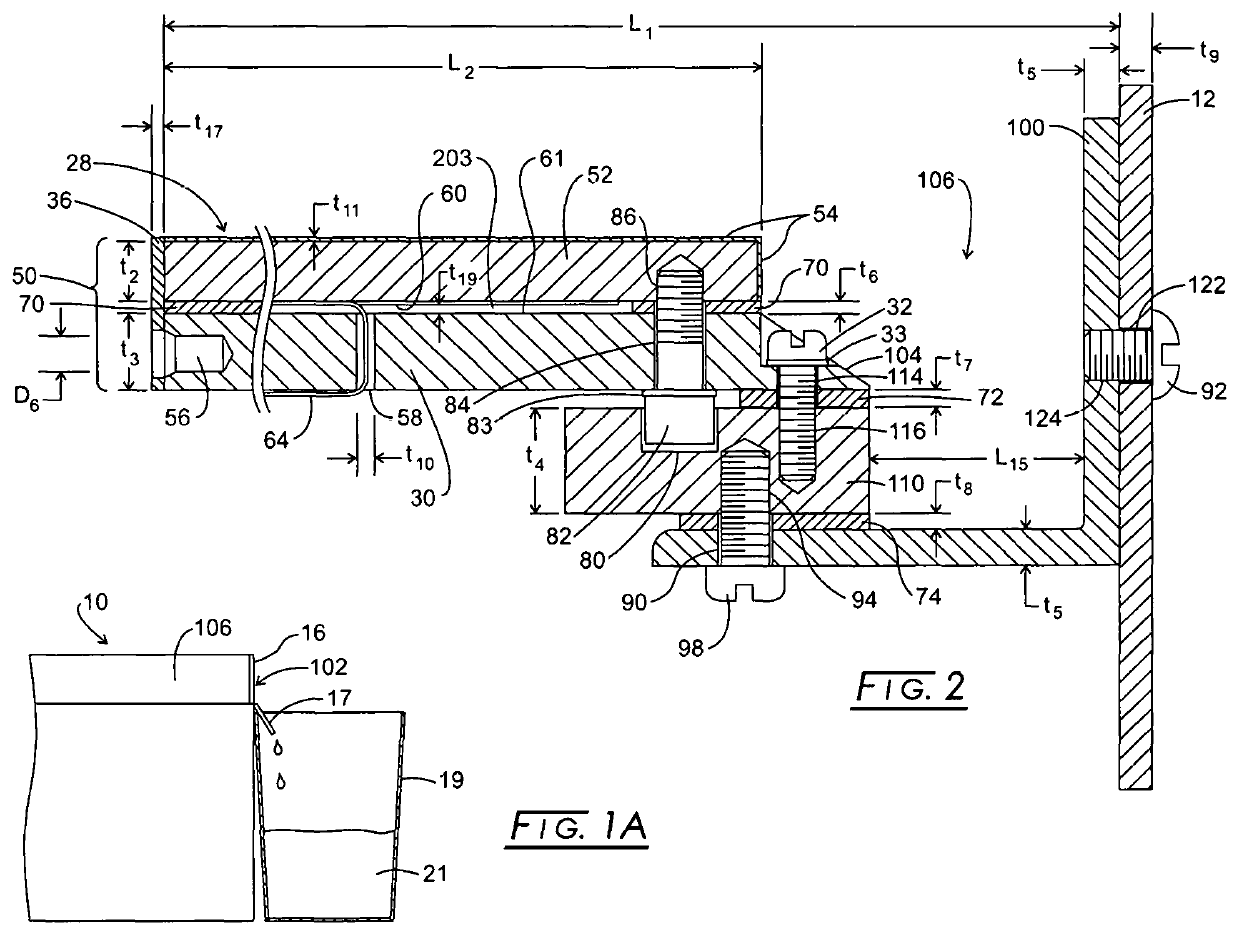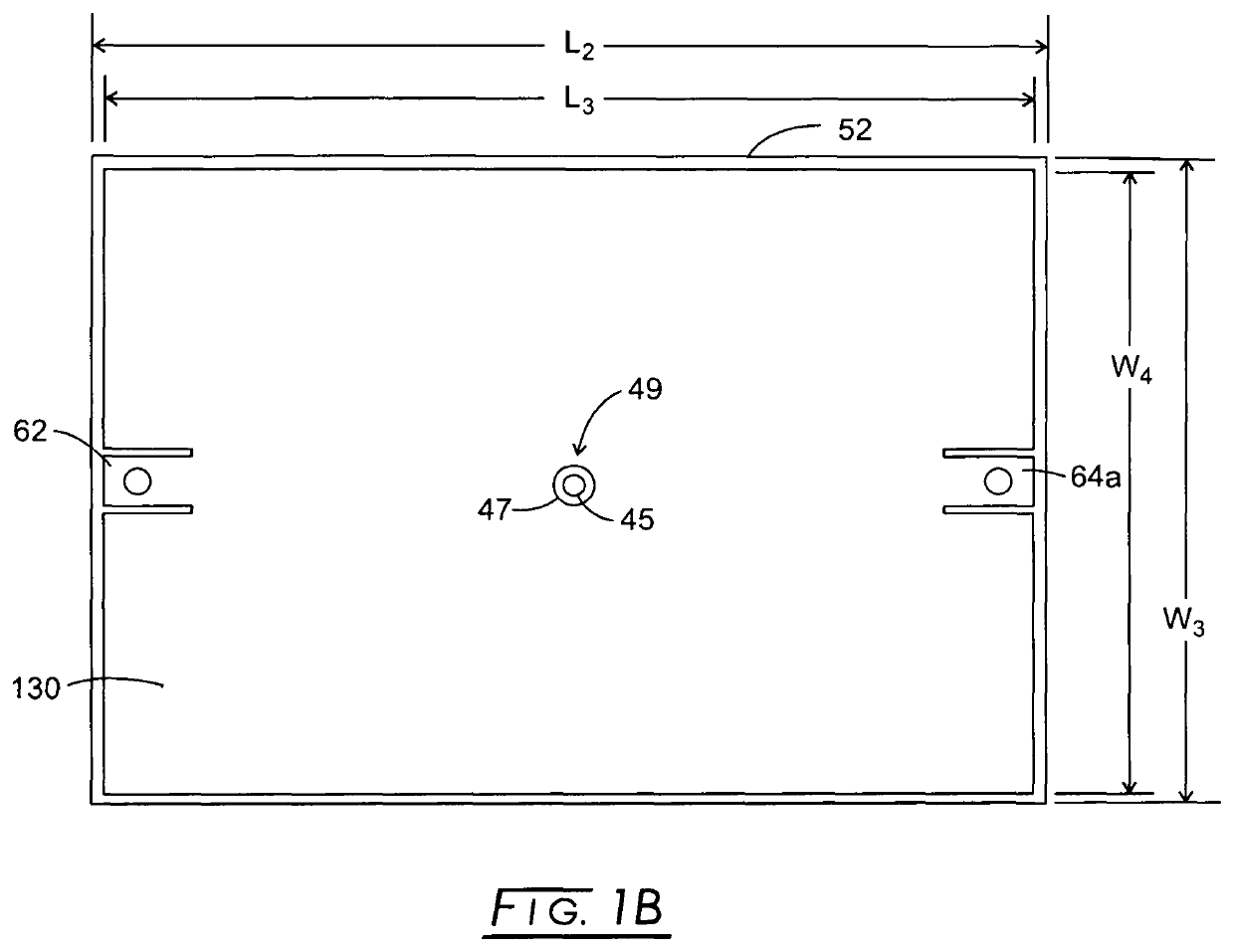Isothermal cooking plate apparatus, system, and method of manufacture and use
a technology of isothermal cooking plate and cooking plate assembly, which is applied in the direction of lighting and heating apparatus, domestic stoves or ranges, heating types, etc., can solve the problem that the estimated cost of each independently controllable and readily replaceable isothermal cooking plate assembly is less than $200, and achieves high thermal conductivity, high heat conductivity, and corrosion resistance.
- Summary
- Abstract
- Description
- Claims
- Application Information
AI Technical Summary
Benefits of technology
Problems solved by technology
Method used
Image
Examples
Embodiment Construction
[0050]In the disclosure to follow, initially described is an isothermal cooking plate assembly incorporating a thermally conductive aluminum first plate having a uniform thickness, which is covered by and in good thermal communication with a durable non-stick coating on the cooking-surface side. The thermally conductive cooking plate is heated by electrically resistive circuit elements mounted upon a flexible substrate. Preferably, the resistive heating element components and the leads extending thereto as well as the electrical contact tabs are provided on one singular surface of a supporting flexible substrate. This flexible circuit is bonded to the first plate with a thermally conductive, electrically insulative adhesive in the case in which the metallic resistive heating element side of the flexible circuit is adhesively bonded directly to the first plate. Alternatively, this flexible circuit is bonded to first plate with a thermally conductive adhesive (which may or may not be ...
PUM
| Property | Measurement | Unit |
|---|---|---|
| surface area | aaaaa | aaaaa |
| thickness | aaaaa | aaaaa |
| voltage | aaaaa | aaaaa |
Abstract
Description
Claims
Application Information
 Login to View More
Login to View More - R&D
- Intellectual Property
- Life Sciences
- Materials
- Tech Scout
- Unparalleled Data Quality
- Higher Quality Content
- 60% Fewer Hallucinations
Browse by: Latest US Patents, China's latest patents, Technical Efficacy Thesaurus, Application Domain, Technology Topic, Popular Technical Reports.
© 2025 PatSnap. All rights reserved.Legal|Privacy policy|Modern Slavery Act Transparency Statement|Sitemap|About US| Contact US: help@patsnap.com



